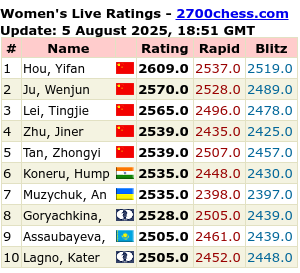...in the heat of the game, is as bad as too little !
 |
| White to play and win |
In what was probably a losing struggle for me as White at this point, I was focused on winning a pawn (e5) or Bishop, and had worked my Rook to the 7th rank for the purpose, also thinking of using the Bishop at h4 for attacks on the Knight.
So yes, focused, and with more than one idea, but I missed the key idea, since in this position I believed my Bishop was well-placed, defending b4.
A simple combination wins easily for White. Can you see it ?
On the other hand, you can never get enough of Focus, the band !
It seems amazing that "Hocus Pocus" reached the top 20 in 1972, with its nonsense yodelling vocals, but it did, probably a credit to the skills of all the musicians concerned, and possibly to a more discerning music public back then.
"House of the King" was the B-side of the same single. I thought it was great when I discovered it via a friend's "Focus III" album, but finding the live clip below ( that hair, those boots ! ) is a marvel !
I bought the re-mastered "Focus III" and enjoy it immensely, along with "Focus Live at the Rainbow", both great music, and memories of my youth !
Focus still record and perform, but these days without guitarist Jan Akkerman who remains a solo artist.




















